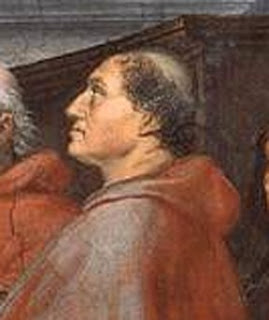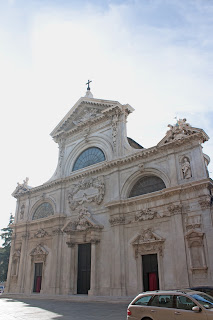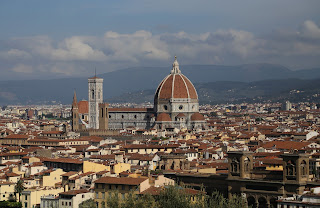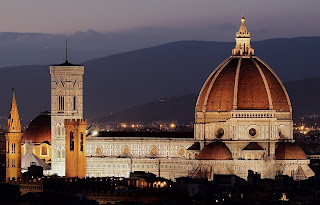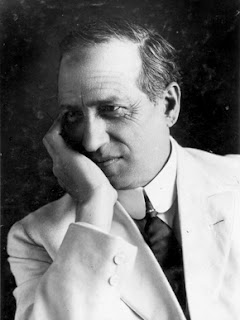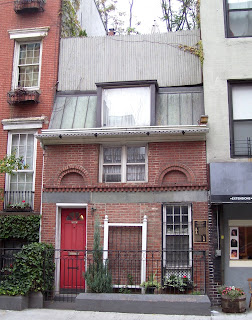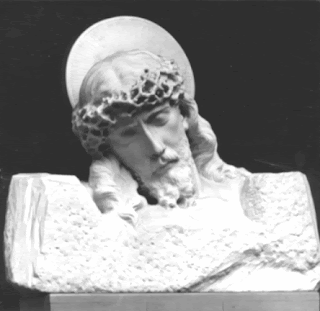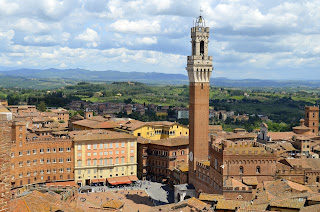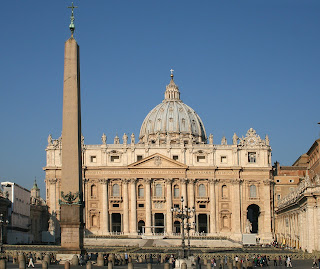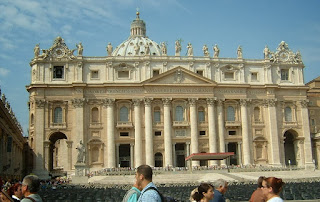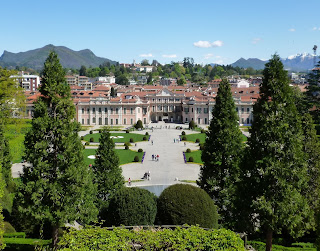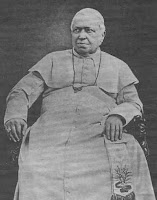Brilliant sculpture commissioned by French Cardinal
 |
| Michelangelo's masterpiece, La Pietà |
Michelangelo Buonarotti agreed the contract to create the
sculpture that would come to be regarded as his masterpiece on this day in 1498.
It was made between the artist and Cardinal Jean de
Bilhères-Lagraulas, the French ambassador to the Holy See, who wanted a
sculpture of the Virgin Mary grieving over the body of Jesus, which was a
common theme in religious art in northern Europe at the time.
Michelangelo, who would live until he was almost 89, was
just 23 at the time and had been in Rome only a couple of years, but was about
to produce a piece of work that astounded his contemporaries and is still seen
as one of the finest pieces of sculpture ever crafted.
La Pietà – in English, 'the pity' – was carved from a block
of blue and white Carrara marble selected by Michelangelo a good six feet (183cm) tall by six feet
across. The Cardinal intended it to be
his funeral monument. It was eventually placed
in a chapel in St Peter’s Basilica.
The work shows the body of Christ, shortly after being taken
down from the cross following his crucifixion by the Romans, cradled in the lap
of Mary. It is necessarily out of
proportion – Michelangelo makes Mary quite a broad figure, with voluminous
clothes, to accommodate the body of a man lying full length across her - but the detail is exquisite.
 |
| Michelangelo Buonarotti: a detail from Daniele da Volterra's portrait, painted in about 1544 |
Michelangelo broke with convention by portraying Mary as a
young and beautiful woman. The long and physically almost perfect body of
Christ, moreover, with few signs of the damage done to him, wears a facial
expression conveying almost serenity, rather than suffering. Giorgio Vasari,
the artist and art historian, a contemporary of Michelangelo, described the work as “perfection that nature is scarcely able to
create in the flesh.”
One explanation for Michelangelo’s decision to make Mary a
young woman rather than the middle-aged figure of convention is that he
intended her to be a symbol of incorruptible beauty.
Another is that it stems from his enthusiasm, as a Tuscan,
for Dante’s Divine Comedy and is a reference to a scene in Paradiso, the third
part of the epic poem, in which Saint Bernard describes Mary as ‘Virgin mother,
daughter of your son’ on the basis that if Jesus is one of the figures of the
Holy Trinity, then Mary would be his daughter.
When challenged about it, Michelangelo suggested that, as a
chaste woman, Mary would retain her freshness and therefore could still appear
youthful, even though the mother of a 33-year-old son.
Despite its scale and the intricacies of detail Michelangelo
sought to achieve, the work took less than two years to complete.
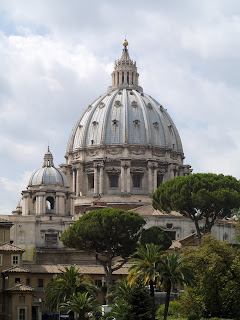 |
| The dome of the 'new' St Peter's |
The Pietà's first home was the
Chapel of Santa Petronilla, a Roman mausoleum near the south transept of the old St.
Peter's, which the Cardinal had chosen as his funerary chapel. Word of its outstanding brilliance spread and
artists would travel to Rome especially to study it. Michelangelo, already a noted sculptor who
had worked for the Medici in Florence, became almost a revered figure among his
peers.
The statue is the only one Michelangelo ever signed,
something he would later say he regretted as an act of vanity.
Apparently, it happened shortly after it had been installed
in the chapel, when Michelangelo overheard a conversation among a group of
visitors from Lombardy in which one of the group said the work was by a
sculptor from Milan, Cristoforo Solari, also known as Il Gobbo (the hunchback).
Furious, Michelangelo returned to the
chapel that night with his chisels and chipped out an inscription across the
sash of Mary’s robe, which read: ‘Michelangelus Bonarotus Florent Faciebat’ –
Michelangelo Buonarotti, Florentine, Made This’.
According to Vasari, Michelangelo later felt ashamed at
having left a rather tawdry mark on his work out of petty impulsiveness. From then on, nothing he created bore his
signature.
The Pietà has been
moved a number of times, including in the early 18th century when
four fingers on Mary’s outstretched left hand were damaged and had to be reconstructed,
but remarkably it survived the extraordinary journey undertaken in 1964 after
Pope John XXIII agreed for the sculpture to be displayed at the New York World’s
Fair.
 |
| The SS Cristoforo Colombo, on which the Pietà was shipped to New York in 1964 |
Packed into a crate padded with plastic foam within two
outer crates, it was loaded on to the SS Cristoforo Colombo, the luxury cruiser
of the Italian Line, and embarked on an eight-to-nine-day journey across the
Atlantic.
Apparently, the crate, despite weighing 5.26 metric tonnes (11,600lb),
would have floated to the surface had the Cristoforo Colombo sunk, and have
been visible in the water by its red painted top. There was also radio equipment in the crate
which would have given its position had it slipped below the surface, although
this was operational only to a depth of three metres (10ft).
Happily, both voyages were completed without mishap and the Pietà
, not previously moved from the Vatican in 465 years, was returned safely to St
Peter’s, where it can be found in the first chapel on the right after entering
through the main doors.
Following an attack in 1972 by a mentally disturbed
geologist, the Hungarian-born Australian Laszlo Toth, who struck the Pietà with a hammer 15 times, damaging Mary’s left
arm, part of her nose and one of her eyelids, it is now behind a bulletproof
acrylic glass panel.
Travel tip:
Visitors to Rome will find that St Peter’s Basilica is open
every day throughout the year, from 7am to 7pm between April and September and
from 7am to 6pm October to March. As with most religious buildings in Italy,
visitors must abide by the dress code, that tends to mean no shorts or short
skirts and that shoulders should be covered. The Pietà is in the Chapel of the Pietà , which is
immediately on the right after entering from St Peter’s Square via the Porta
Santa (Holy Door).
 |
| The Basilica of St Peter with Bernini's colonnades and Carlo Maderno's fountain in the foreground |
Travel tip:
At the time the Pietà was made, St Peter’s Basilica did not exist in
its present form but as a church built originally in the fourth century on the
spot where it was believed St Peter was buried. The idea of building a new
basilica was first mooted in the mid-15th century, and finally
commissioned by Pope Julius II in 1505 after a competition was held, inviting
designs for what Julius described as “the grandest building in Christendom".
Donato Bramante, from Urbino, won the competition, although he was only the
first of several architects to be involved, included Michelangelo, Carlo
Maderno and Gian Lorenzo Bernini.
Construction began in 1506 and took 120 years to complete.




